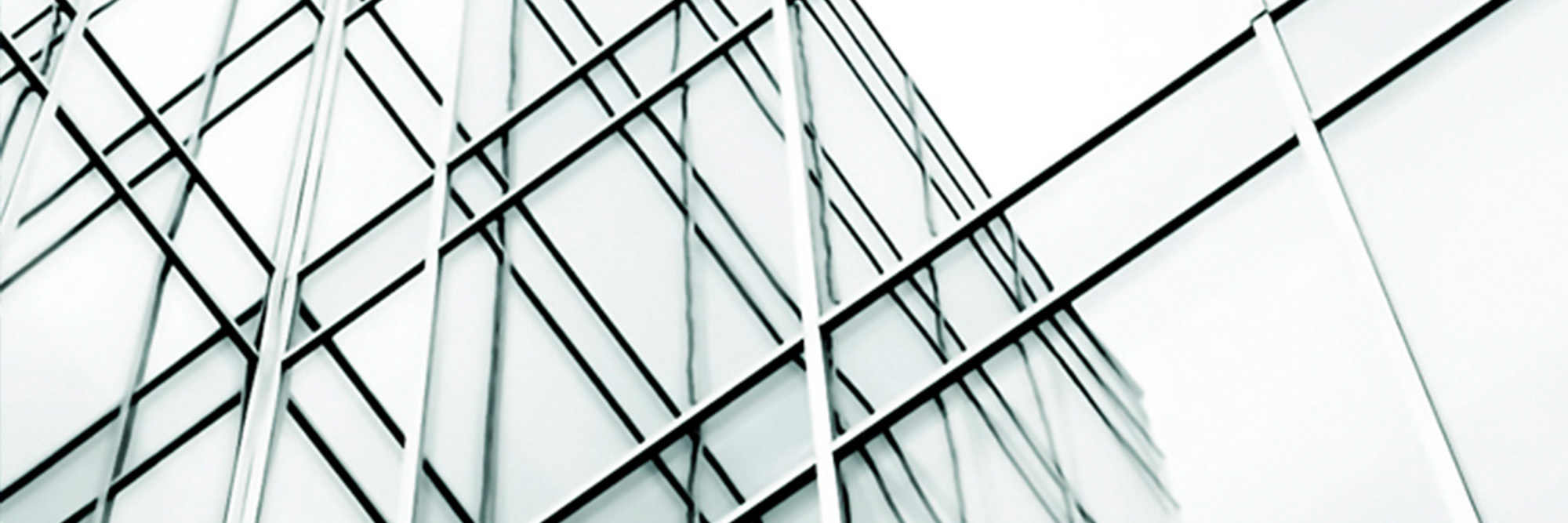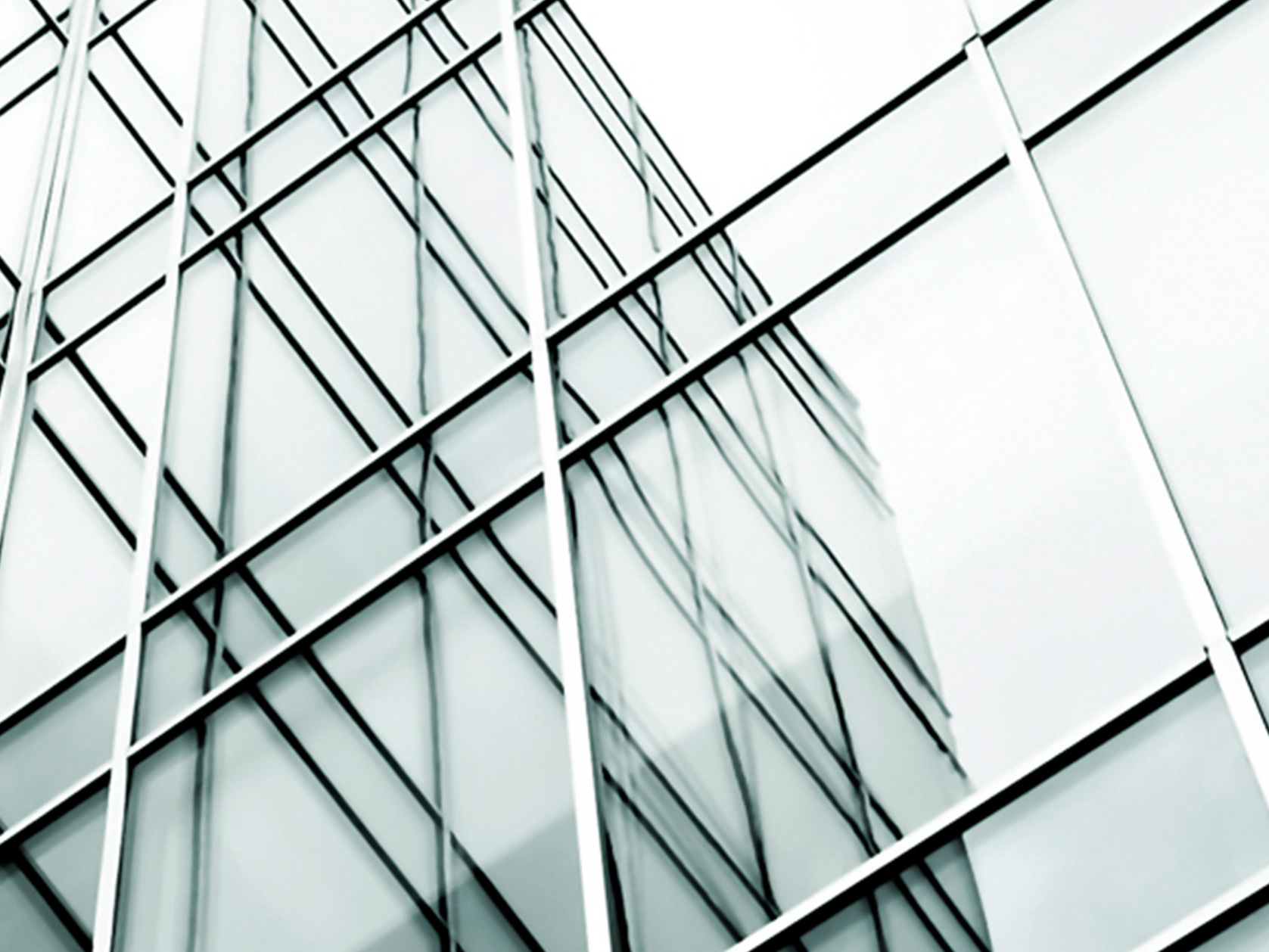Last week the High Court struck out a defect as time barred under s 393 of the Building Act 2004, in a case concerning a large apartment complex in Auckland (Body Corporate 348047 v Auckland Council [2024] NZHC 641). MinterEllisonRuddWatts acted for the successful strike out applicant, Auckland Council.
Background
The plaintiffs sued the Council in negligence for alleged defects in Imperial Gardens — a 15-storey apartment complex in Hobson Street, Auckland. The Council issued the relevant building consents and code compliance certificates. The claim seeks over $41 million for remedial costs and over $15 million in consequential losses.
Defect 7 concerns structural integrity issues, while the other defects concern weathertightness, mechanical and fire safety issues. It was particularised as “[t]he precast concrete wall panels and precast concrete columns were constructed in such a way that they do not have a low probability of becoming unstable or collapsing.” It first appeared in the plaintiffs’ sixth amended statement of claim, filed over eight years after the first amended statement of claim (as the original claim was held to be a nullity and of no effect following an earlier successful strike out application by the Council: Body Corporate 348047 v Auckland Council [2014] NZHC 2971).
The Council applied to strike out Defect 7 on the basis that it was time barred under s 393 of the Building Act 2004 (Act). There were two issues for determination:
- Does s 393(2) of the Act apply to fresh causes of action?
- Does Defect 7 introduce a fresh cause of action?
First issue – does section 393(2) of the Building Act 2004 apply to fresh causes of action?
Section 393(2) of the Act provides that “no relief may be granted in respect of civil proceedings
relating to building work if those proceedings are brought against a person after 10 years or more from the date of the act or omission on which the proceedings are based”.
The Court held that “proceedings” in s 393(2) should be interpreted to mean “claim”. This followed the reasoning in several previous decisions on the issue (including Body Corporate 360683 v Auckland Council [2017] NZHC 1785; Body Corporate 355492 v Queenstown Lakes District Council [2022] NZHC 1494; Body Corporate 406198 v Argon Construction Ltd [2022] NZHC 2218). It meant that regardless of whether the original proceedings were filed within time, the 10-year limitation period in s 393(2) applied to the introduction of fresh causes of action. If Defect 7 introduced a fresh cause of action, it would be time barred.
Second issue – does Defect 7 introduce a fresh cause of action?
The Court observed that Defect 7 raised structural issues relating to seismic resilience (that have since been repaired). None of the other defects concerned that issue. Defect 7 is therefore substantively different from the other defects.
The attempt to link Defect 7 to Defect 1 (concerning the podium) was held to be flawed. The water ingress issues raised by Defect 7 are qualitatively different to those raised by Defect 1. The evidence required to establish (or disprove) Defect 1 and Defect 7, and the respective works required to remediate them, would also be different.
The Court reiterated that s 393 of the Act cannot be circumvented as a matter of legal interpretation, and that only additional defects could only be added after the limitation period if they did not constitute fresh causes of action: “[t]he limitation period bites”. The Court held that Defect 7 introduced a fresh claim or cause of action. It was therefore time barred and struck out.
Our view
The decision reinforces that new defects added to an existing claim following the 10-year long stop in the Act will be time barred if the new defect amounts to a fresh cause of action. This will be so if the new defect introduces facts or issues that are, in substance, essentially different to those already pleaded.
This article was co-authored by William Turner, a Solicitor from our Construction & Infrastructure team.



